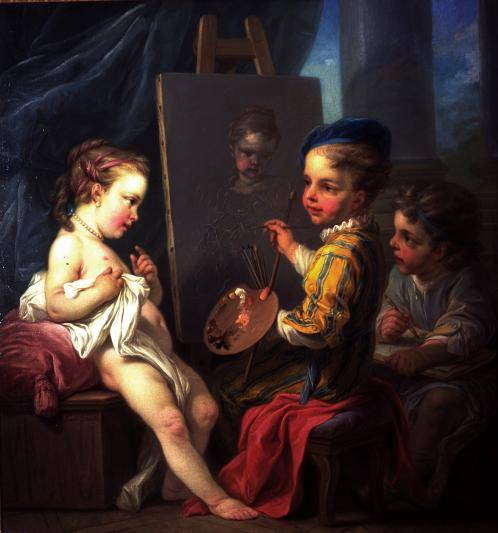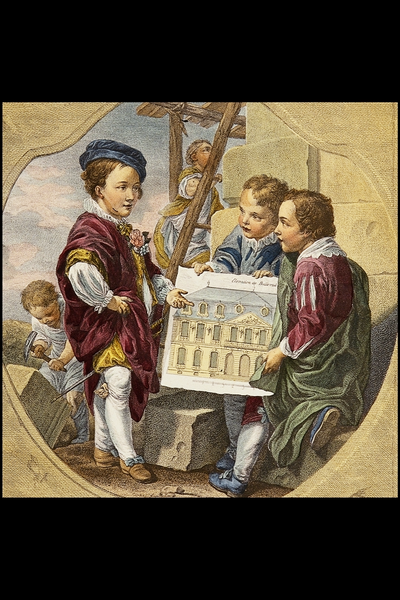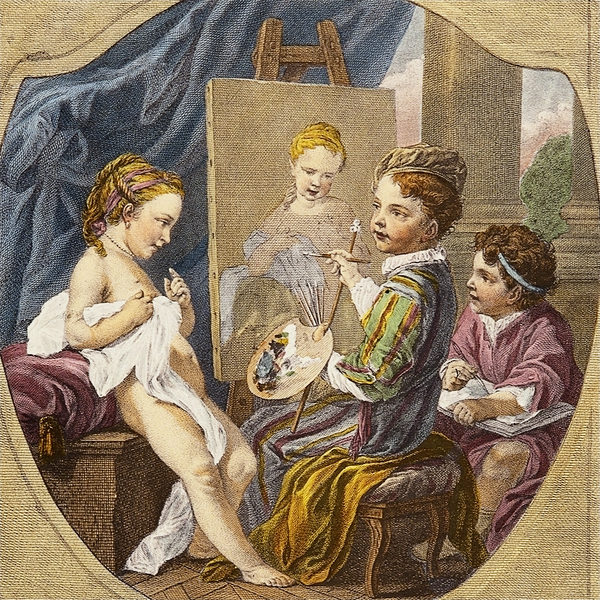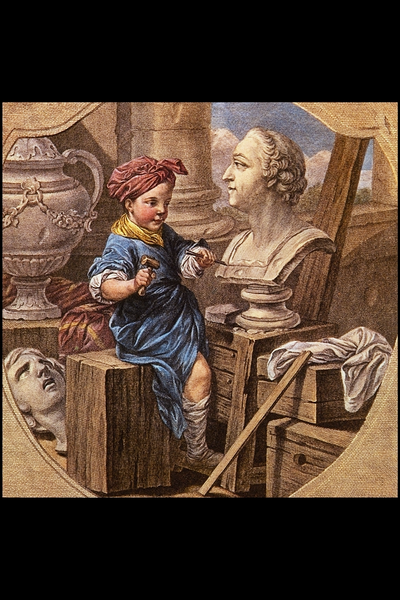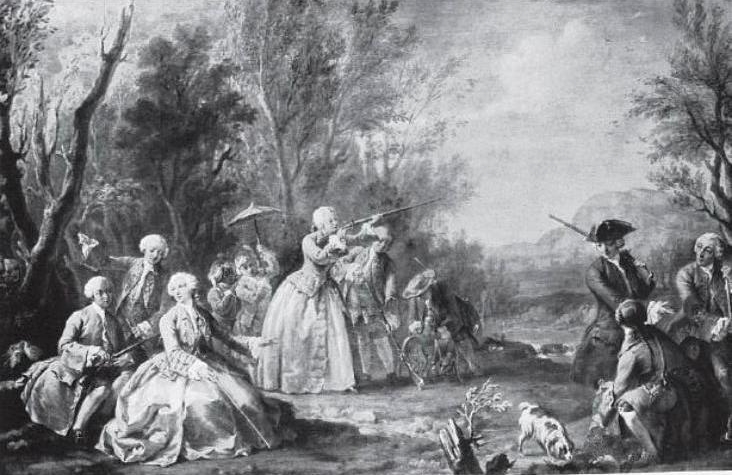<Back to Index>
- Painter Charles - Amédée - Philippe van Loo, 1719
- Painter Charles - André van Loo, 1705
PAGE SPONSOR
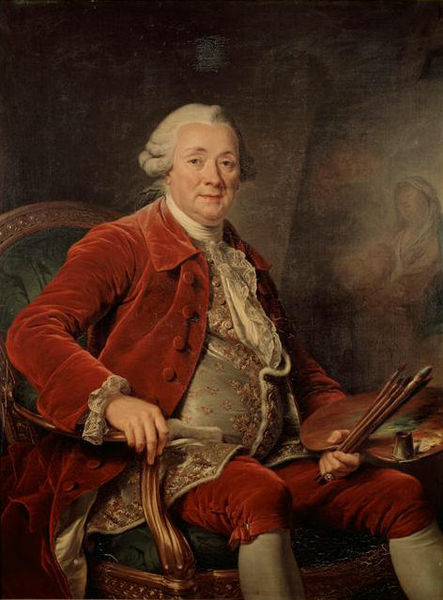
Charles - Amédée - Philippe van Loo (25 August 1719 – 15 November 1795) was a French painter of allegorical scenes and portraits.
He studied under his father, the painter Jean - Baptiste van Loo, at Turin and Rome, where in 1738 he won the Prix de Rome, then at Aix - en - Provence, before returning to Paris in 1745. He was invited to join the Académie Royale de Peinture et de Sculpture in 1747, and that year he married his cousin Marie - Marguerite Lebrun, daughter of the painter Michel Lebrun (died 1753).
Among his brothers were the painters François van Loo (1708 – 1732) and Louis - Michel van Loo (1707 – 1771).
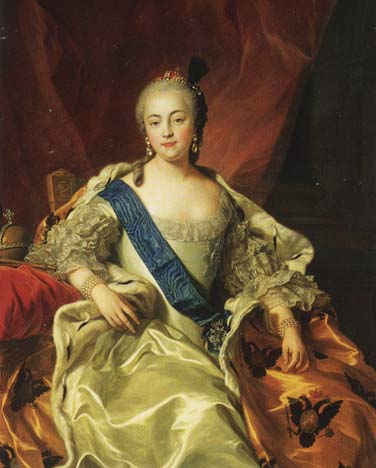
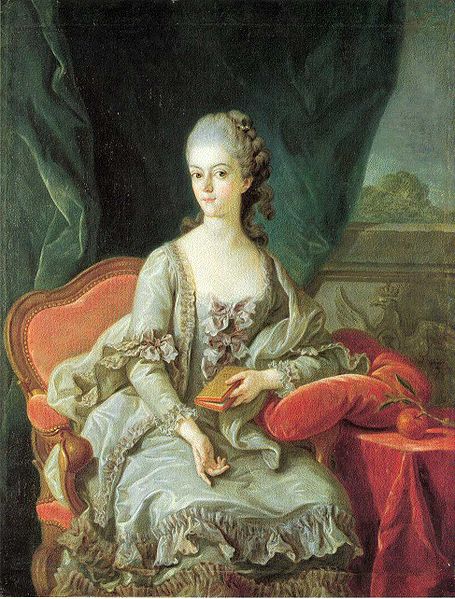
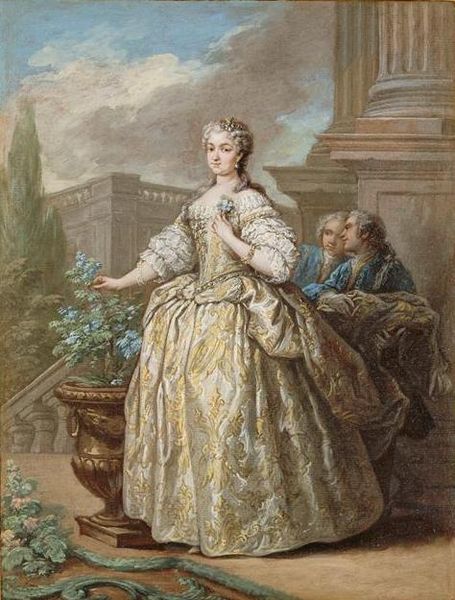
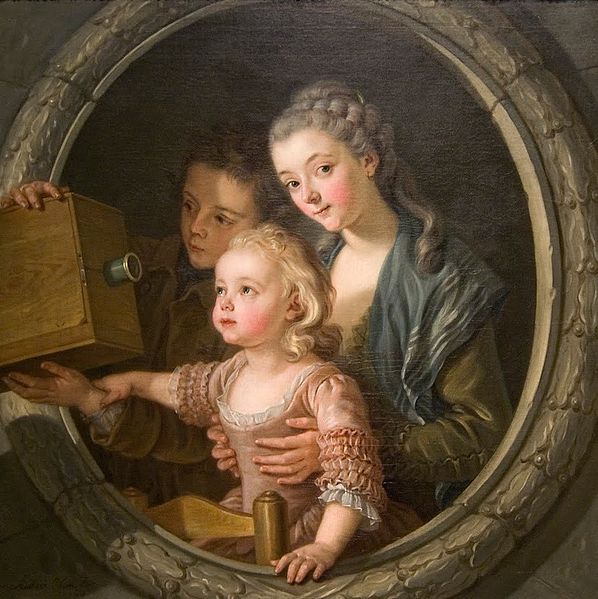
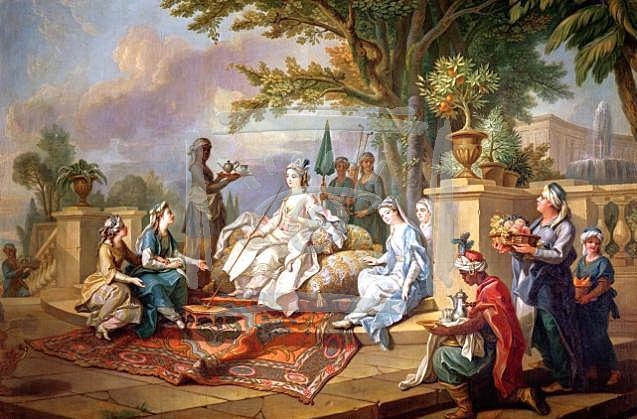
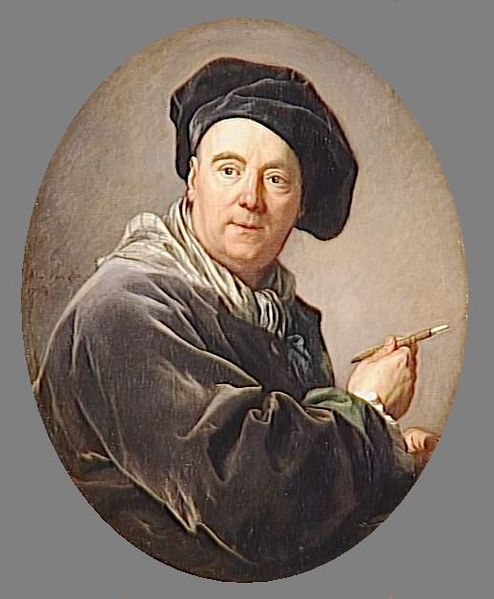
Carle or Charles - André van Loo (15 February 1705 – 15 July 1765) was a French subject painter, and a younger brother of Jean - Baptiste van Loo and grandson of Jacob van Loo. He was the most famous member of a successful dynasty of painters of Dutch origin. His oeuvre includes every category: religion, history, mythology, portraiture, allegory, and genre scenes.
He was born in Nice, France. Van Loo followed his brother Jean - Baptiste to Turin, and then to Rome in 1712, where he studied under Benedetto Luti and the sculptor Pierre Legros. Leaving Italy in 1723, he worked in Paris, and received the first prize for historical painting in 1727 — as did his future rival François Boucher. After again visiting Turin in 1727, he was employed by king Victor Amadeus II of Sardinia, for whom he painted a series of subjects illustrative of Tasso. In 1734 he settled in Paris, and in 1735 became a member of the Académie Royale de Peinture et de Sculpture and rose rapidly in the hierarchy of the academy. He was decorated with the Order of Saint Michael and named First Painter to king Louis XV of France in 1762. He died in Paris on 15 July 1765.
By his simplicity of style and correctness of design, the result of his study of the great Italian masters, he did much to purify the modern French school; but the contemporary praise that was lavished upon his productions now appears undue and excessive. His patrons included members of the court, the Gobelins factory, private individuals, and the church. In the ensuing centuries, Van Loo's critical fortune has plummeted, although his ability remains admirable, and the quality and variety of his work command respect. His Marriage of the Virgin is preserved in the Louvre.
